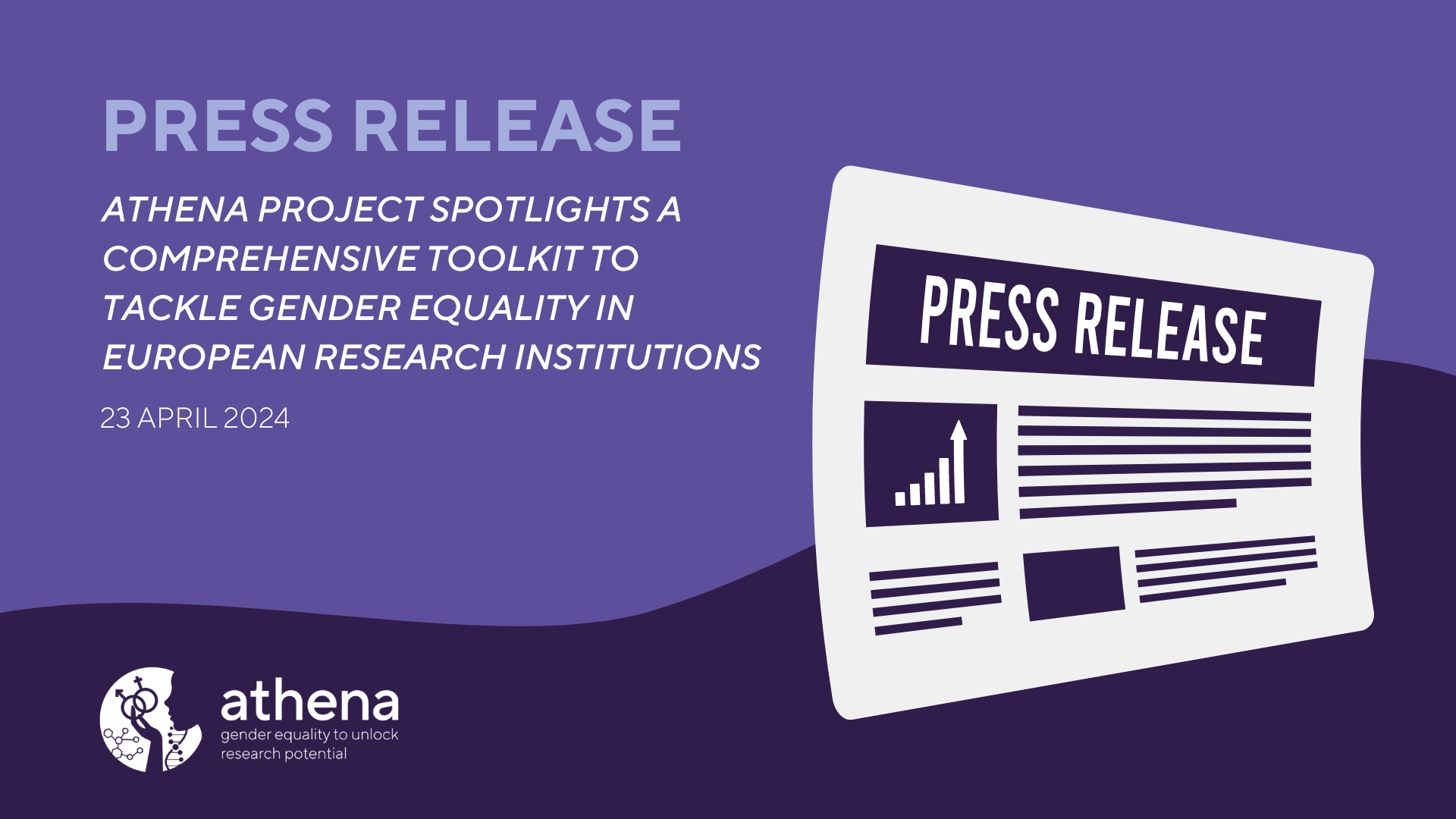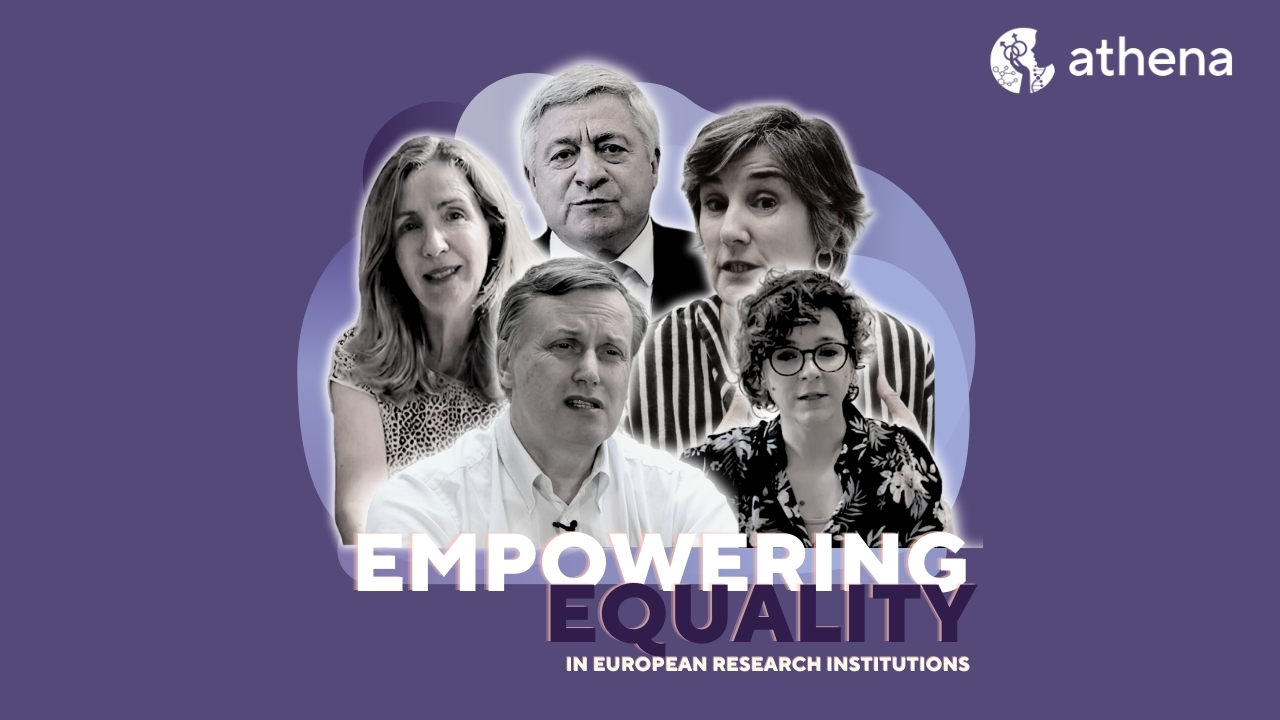
ATHENA partners started the monitoring process activities within the Gender Equality Plans implementation

Parallel with the publishing and implementation of the Gender Equality Plans (GEPs), ATHENA partnering RPOs and RFOs started monitoring process activities within the GEPs implementation and the applied practices on gender bias.
In the ATHENA project, the methodology for impartially monitoring and evaluating the progress made on gender equality is defined as formative (accompanying), helping the partners to adapt their GEPs if needed.
Formative evaluation is undertaken early in the development of the plan to inform the providers and stakeholders about the trends in results, whether the goals of the program are likely to be fulfilled and to identify the barriers and facilitators of implementation.
This living character of the monitoring and assessment concept is necessary as the implementing ATHENA RPOs and RFOs developed their self-tailored GEPs, and the monitoring and evaluation concept should be adapted to these plans and concrete actions and their evolutions.
In this step it is investigated whether the way a measure is implemented corresponds to the respective goals and objectives, which factors promote or constrain its implementation, which practices contribute to successfully implemented measures and actions, what benefits they might provide for the participating universities and the influence they may have on other (local, regional, or national) RFOs and/or RPOs.
The main elements monitored by this process refer to the activities/measures, outputs/outcomes indicators and timeline defined in the GEP action plans leading to the specific objectives of each self-tailored Plan.
The first internal monitoring report will be produced in January 2023 and will be used to assess the successful activities carried out by each GEP, the obstacles and the potential improvement to be done.
The reporting aims to provide sufficiently detailed information to check the advancement of the GEP in light of its objectives and timetable. The results should indeed help the partner organizations tailor and modify their GEPs to perform better achievements.
For monitoring and evaluation processes, the following activities have been provided within ATHENA Consortium:
- Each ATHENA partner implementing a GEP provided quantitative and qualitative indicators according to their self-tailored GEPs action plan.
- The Guideline on monitoring and evaluation and common template for defining outputs and outcomes indicators was provided and distributed among the partners by UJK according to the logic model.
- Then, after the preparation of the logical matrix of each GEP, the indicators were analysed by the UJK and the CNR team and the final version was delivered to the GEPVISION platform. The GEPVISION tool has been configured by CNR.
- In parallel with the implementation of the GEPs, data on achieved outputs and outcomes are systematically collected and completed on the GEPVISION platform when the respective action is completed.
- Athena partnering organizations will submit their first internal monitoring report on the achieved results, based on the collected data on qualitative and quantitative indicators using a template prepared by UJK and instruments enabled by the GEPVISION tool.
The annual reporting should feed into a review of progress against the aims and objectives of the GEP by leadership and its stakeholders. The review should enable the organization to understand progress, identify where activities are having an impact, and where obstacles persist throughout the life of the GEP.
In other words, on one side, the monitoring reports aim to help GEPI Committees and the implementing organisations to understand the progress made thanks to the implementation of the GEPs. On the other side, if needed, it should identify the remaining challenges and barriers and provide tailored solutions to address them properly and change the GEP accordingly.
The results should indeed help the partner organizations tailor and modify their GEPs to perform better results.
For these reasons, monitoring and evaluation instruments have firstly to be seen as tools supporting effective actions and creating accountability. Secondly, by providing indicators against which actions can be assessed and resources allocated, they also enhance knowledge of ongoing changes.
















